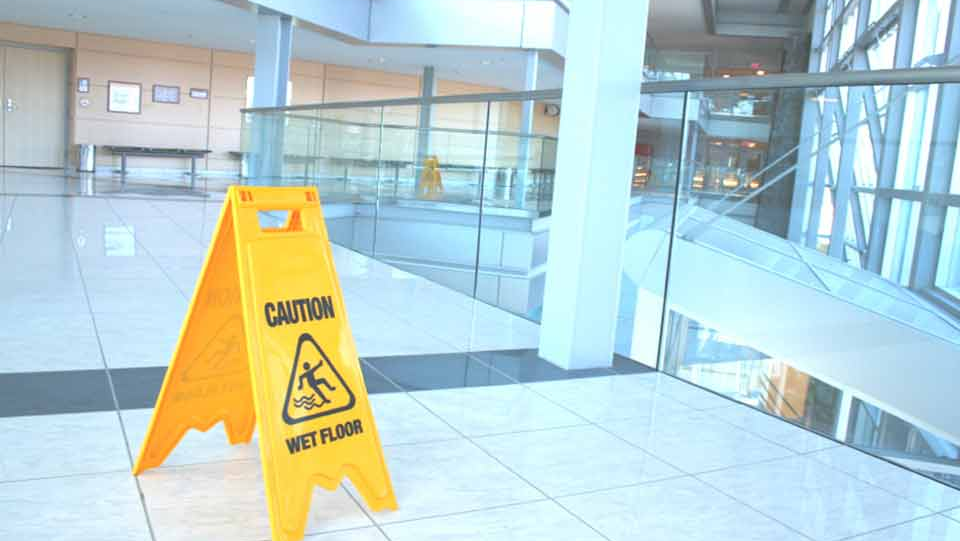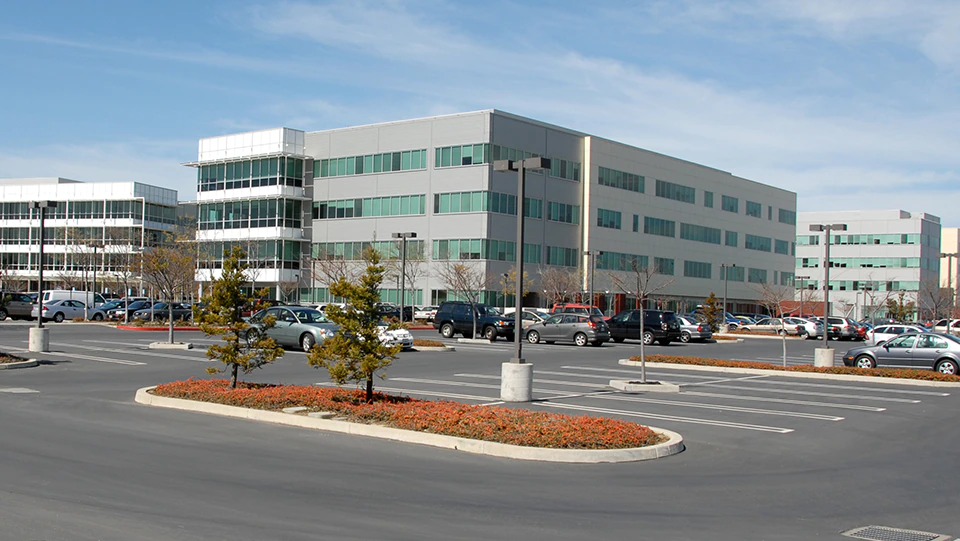Creating a Safety Culture in the Workplace


Safety is more than a set of activities focused on accident prevention. It is a way of thinking about how you work, and it should be at the heart of any successful company. Weaving safety into your company's mission, policies and procedures is a great way to demonstrate its importance and ensure its effectiveness across your company.
It should be about a shared vision that is expressed by core values and behaviors, where everyone walks the talk. By addressing unsafe acts and conditions before they become accidents, you build your safety culture.
Four steps to a safety culture
The following four steps can serve as a starting point in driving safety across your business.
1. Evaluate risks. To understand how to create a safer workplace, you must first understand the risks you face every day. Each task and associated risk should be properly evaluated, and safety-based changes should be considered.
- Analyze past incidents and near misses. Understand that past incidents can help you identify root causes and identify risks and exposures that threaten the safety of your employees and the success of your business.
- Identify the risks before they result in loss. Review your work policies and procedures, buildings and equipment, employee work practices and behaviors and geographic location to determine if there are opportunities to prevent or mitigate loss. And hold people accountable to the practices.
2. Design a plan to keep safe. A good plan is the best place to start, but it is only the beginning. Once you have a plan, you must act to eliminate or minimize risk.
- Get commitment. Your management team should be committed to a safety culture from the beginning.
- Stay focused. Keep focused on the risks and exposures identified during your evaluation.
- Prioritize your efforts. Focus on the risks that pose the greatest threat. You should consider frequency and severity of the loss potential, and/or the opportunity to prevent or mitigate risks.
- Identify solutions and resources. Your solutions can vary from implementing engineering controls to creating administrative policies and procedures. These can help create positive changes in safety attitude, commitment and culture.
3. Implement your plan. Implementation entails communication of the plan and its details, training, regularly scheduled practice and drills, and ongoing review. A thorough plan will cover a number of potential risk areas, including buildings and equipment, the environment, employees, customers and vendors.
- Communicate and train - the real test of a safety program and culture is not what is written down on paper, but rather how well it actually works. How well your plan works is often dependent on what your employees know and what they do at the time of an incident.
4. Monitor, evaluate and improve your plan. As your business environment changes, so should your safety program. Regularly test your plan to determine if it fits the changing business environment and reflects changing accountabilities.
- Monitor the plan and collect feedback to determine the effectiveness of the plan.
- Regularly compare your safety performance against the plan’s expectations.
- Make adjustments when necessary.
- Recognize success. Be sure to communicate and celebrate your safety successes.
At Travelers, our team of risk specialists visits more than 100 properties every day and is able to share lessons learned and insights for helping create a safety culture. Start building your safety culture today. Learn more about developing your safety management program.



